🌎The 30x30 Plan: Let’s Get Started
Hello…and welcome…Issue #004!
Reading Time: 3 mins.
TL;DR: Scientists, international policymaking bodies, and world leaders, including the Biden Administration, advocate conserving or restoring “a substantial portion of our planet” (DOI, DOA, DOC, and CEQ. 2021.), somewhere between 30% and 50% by 2050. Wouldn’t you like to know how to get started or be involved in saving the planet?
Robert at Inscription Rock, El Morro National Monument, New Mexico
“Of all the questions which can come before this nation, short of the actual preservation of its existence in a great war, there is none which compares in importance with the great central task of leaving this land even a better land for our descendants than it is for us.”
— Theodore Roosevelt, Statesman, Conservationist, Writer
Welcome to my corner of the world!
I’m glad you’re here!
In the last issue of Catalyst, I noted that an independent body of scientists reported last summer that progress toward achieving the 2030 Agenda was “far off track" and that "without an urgent course correction and acceleration," humanity and the world's fate are in dire trouble. “Yowzah!” I noted. It wasn’t all bad news, though. Their report also identified "science-driven transformations urgently needed" to make progress toward the 2030 Agenda. One of those transformations: "...expanding protected areas to 40-50 percent of terrestrial areas by 2050," relates to Goal #13 (Climate Action) & Goal #15 (Life on Land), which are foundational to my book's development.
American the Beautiful: The 30x30 Initiative
In May 2021, the Biden administration released a preliminary report to the National Climate Task Force outlining a ten-year, locally-led campaign to conserve 30% of the nation’s lands and waters by 2030. That policy, the report states:
“echoes the recommendations of scientists who encourage world leaders to work together to conserve or restore a substantial portion of our planet to stem the extinction crisis, safeguard water and food supplies, and absorb carbon pollution…”
Here's an informative blog on ATB-30x30: 30x30 Facts vs. Fiction: Pulling Back the Curtain on Misinformation
Kunming-Montreal Agreement
In December 2022, the international community adopted the Kunming-Montreal Global Biodiversity Framework, which “...sets out an ambitious plan to implement broad-based action to bring about a transformation in our societies’ relationship with biodiversity by 2030, in line with the 2030 Agenda for Sustainable Development and its Sustainable Development Goals.”
So, what’s the plan? Target 3 of the agreement states:
“Ensure and enable that by 2030 at least 30 per cent (sic) of terrestrial and inland water areas of particular importance for biodiversity and ecosystem functions and services, are effectively conserved and managed through ecologically representative, well-connected and equitably governed systems of protected areas and other effective area-based conservation measures, recognizing indigenous and traditional territories, where applicable, and integrative into wider landscapes, seascapes, and the ocean…” (pg. 9).”
Read more here: The Kunming-Montreal Global Biodiversity Framework is a milestone. Implementation will be the biggest test
Intergovernmental Panel on Climate Change
This year, the Intergovernmental Panel on Climate Change (IPCC) released its Sixth Assessment Report and accompanying Summary for Policymakers. In it, they report:
“Maintaining the resilience of biodiversity and ecosystem services at a global scale depends on effective and equitable conservation of approximately 30% to 50% of Earth’s land, freshwater and ocean areas, including currently near-natural ecosystems (high confidence).”
It continues:
“Conservation, protection and restoration of terrestrial, freshwater, coastal and ocean ecosystems, together with targeted management to adapt to unavoidable impacts of climate change reduces the vulnerability of biodiversity and ecosystem services to climate change (high confidence), reduces coastal erosion and flooding (high confidence), and could increase carbon uptake and storage if global warming is limited (medium confidence). ”
Read more about the IPCC's findings here: IPCC's (final) Sixth Assessment Report: What you need to know
So, you see where this story is heading. Scientists, international policymaking bodies, and world leaders, including the Biden Administration, advocate conserving or restoring “a substantial portion of our planet” (DOI, DOA, DOC, and CEQ. 2021.), between 30% and 50% by 2050. Imagine, for a moment, what that world will look like. Wow, that's very exciting!
So, suppose you buy into the idea that conserving up to half of the Earth is our best strategy for creating greenhouse gas "sinks" and protecting biodiversity for future generations. Wouldn’t you like to know how to get started or be involved in saving the planet?
Stay tuned.
An Invitation
If you think you have something to offer to the conversation and would like to be a guest on our pod, drop me a note at: info@lcdinstitute.org and put "Guest" in the subject line.
Sharing is Caring
Please consider sharing this newsletter with your social contacts so we can build a community of folks who want to turn down the boil, save our planet, and its inhabitants.
Join the Designing Nature’s Half Community
Sign up below to hear about what we have up our sleeves to save the planet and learn how you can get involved.
Thanks for your interest and support!
I'll keep you posted on how my projects are coming along via future issues of Designing Nature's Half: The Blog.
Until next time,




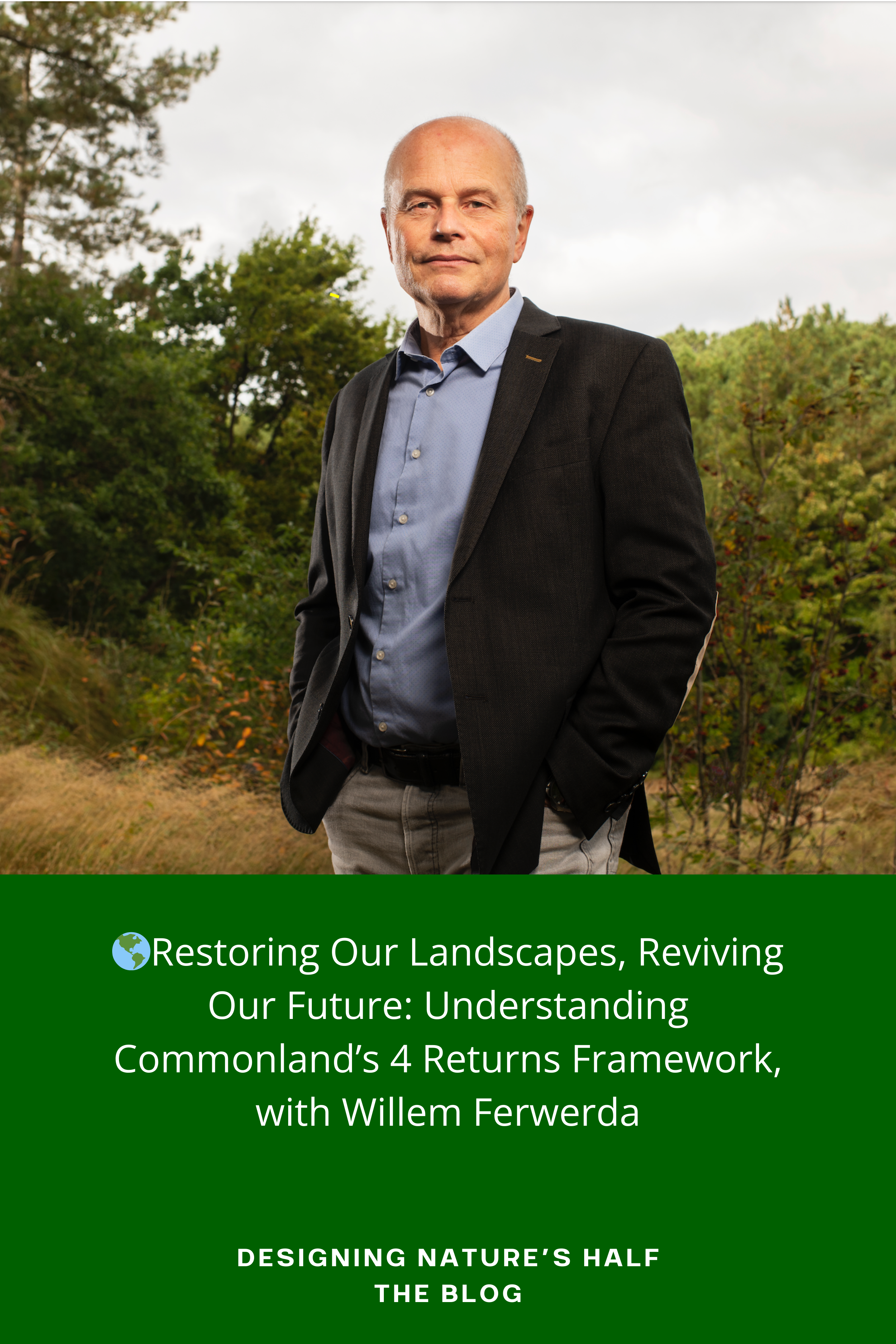
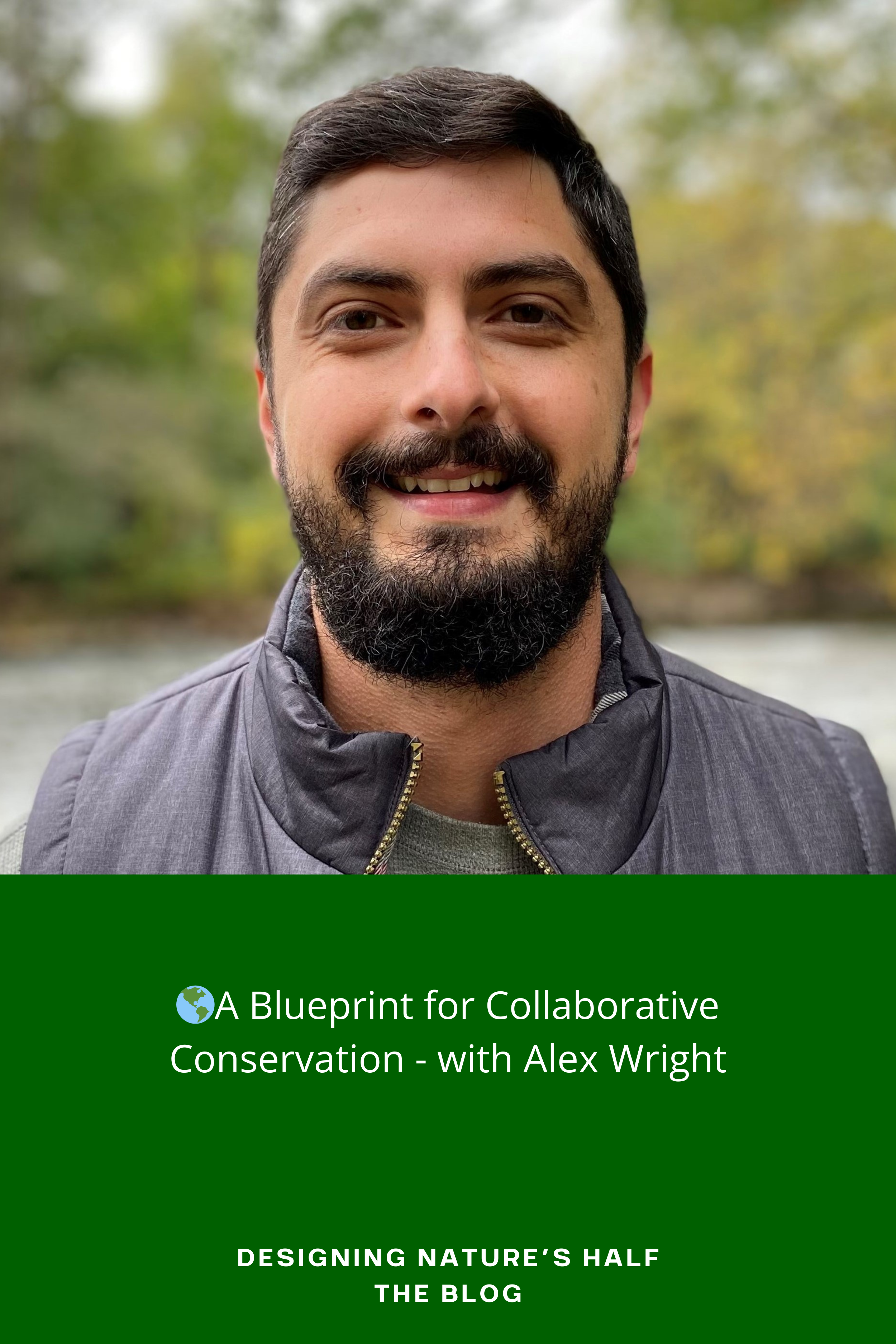
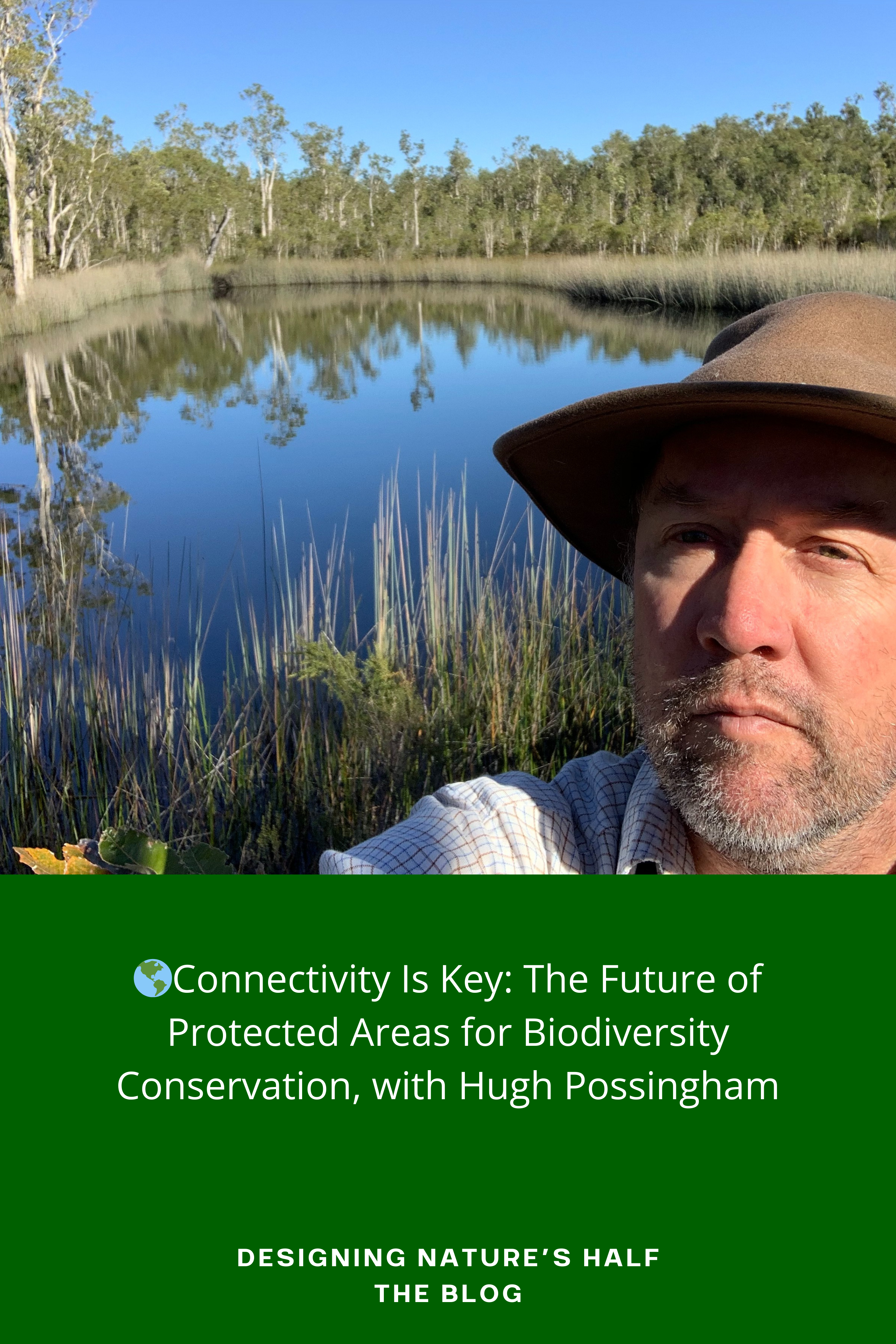
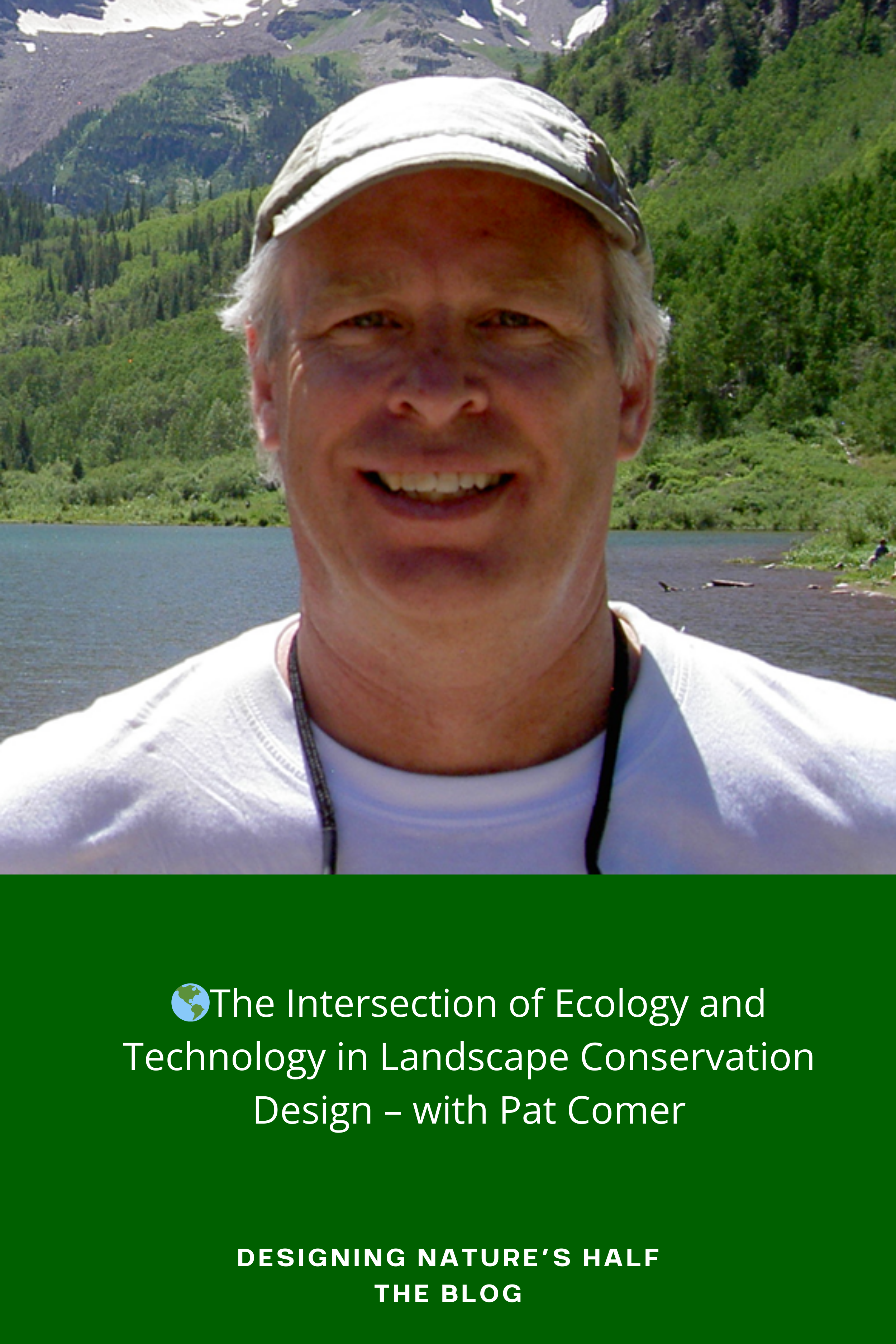
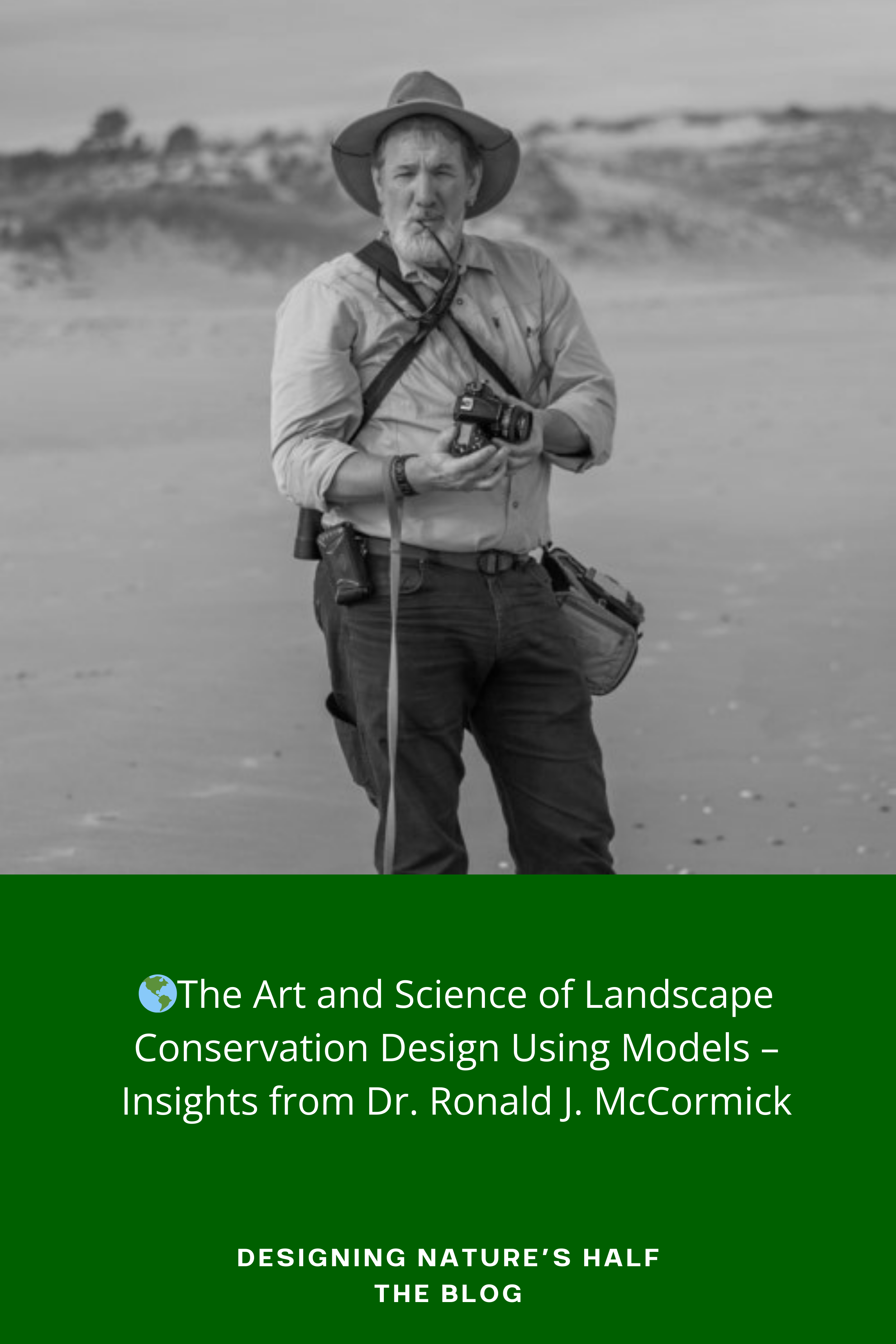
Dr. Amanda Sesser, the Coordinator of the Southeast Conservation Adaptation Strategy (SECAS) Partnership, discusses the need for inclusive design and decision-making processes that involve diverse stakeholders and empower communities. By bringing together various sectors of society, such as transportation, energy, and conservation, sustainable landscapes can be co-designed, created, and managed for people, planet, and prosperity. The episode emphasizes the need to balance human well-being and ecological integrity – a challenge that requires a new governance model that breaks down silos in traditional planning and decision-making. It addresses historic patterns of inequality and injustice to create a more inclusive and equitable society and highlights the concept of reciprocity and the importance of engaging indigenous and other disenfranchised people.